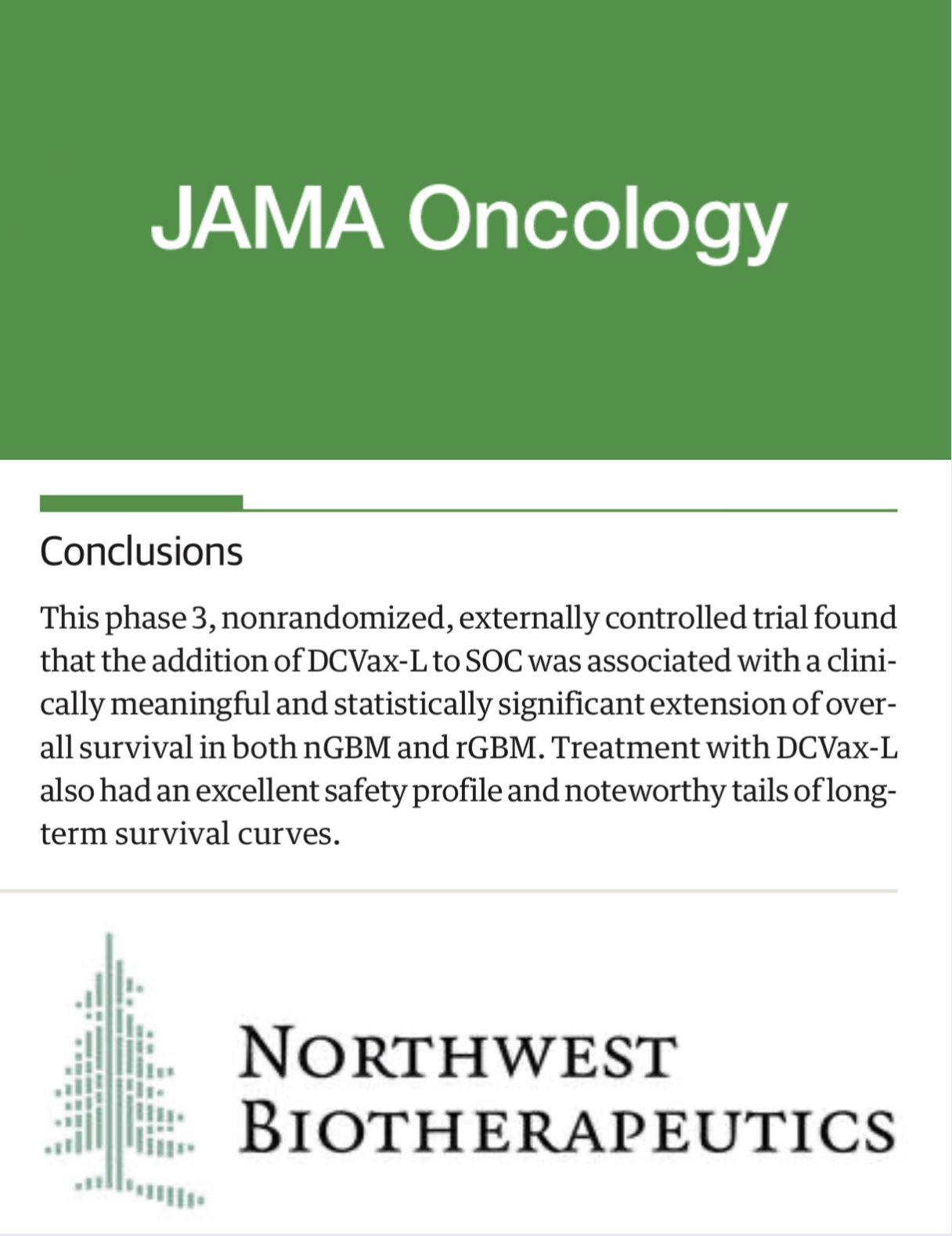Prostate-Specific Membrane Antigen PET-Guided Intensification of Salvage Radiotherapy After Radical Prostatectomy: A Phase 2 Randomized Clinical Trial.
IF 20.1
1区 医学
Q1 ONCOLOGY
引用次数: 0
Abstract
Importance Prostate-specific membrane antigen positron emission tomography (PSMA-PET) offers superior accuracy in detecting prostate cancer lesions leading to intensified radiotherapy (RT), but its impact on patient outcomes is still undefined. Objective To evaluate whether intensification of salvage RT (SRT) after radical prostatectomy (RP) guided by PSMA-PET (PSMAiSRT) is associated with improved failure-free survival (FFS). Design, Setting, and Participants PSMAiSRT was a stratified cohort within a larger PSMA-guided intensification of radiotherapy (PSMAgRT) trial, a phase 2, two-center, registry-based randomized clinical trial. Patients with biochemical recurrence following RP who were eligible for standard-of-care (SOC) SRT from May 2018 to February 2021, were eligible for randomization in the PSMAiSRT stratum. A total of 130 patients were randomized, with 2 who did not proceed to radiotherapy (RT). The cutoff date for the primary analysis was October 26, 2023. Intervention Patients were randomized in a 1:1 ratio to receive either SOC SRT to the prostate bed, with or without elective pelvic RT, with or without adjuvant hormonal therapy (HT), or PSMA-PET/CT-guided SRT, intensified to detected sites of disease. Main outcome and measures The primary end point was FFS, defined as PSA progression (PSA nadir >0.2 ng/mL), radiological progression, next-line therapy initiation, or death. Results Among 128 patients (median [IQR] age, 71 [64-74] years), median (range) PSA at enrollment was 0.3 (0.1-3.0) ng/mL. In the PSMAiSRT group, 33 of 64 patients (52%) received intensified SRT; with addition of pelvic RT (n = 16 [25%]), metastasis-directed RT (n = 2 [3%]), lymph node boost (n = 19 [30%]), or prostate bed boost (n = 15). Adjuvant hormone therapy was equally prevalent in both arms (55 [86%] control vs 54 [84%] PSMAiSRT). At a median (range) follow-up of 37 (7-60) months, PSMAiSRT improved FFS (hazard ratio [HR], 0.50; 95% CI, 0.27-0.94; P = .04) and eugonadal FFS (HR, 0.45; 95% CI, 0.21-0.96; P = .03), with its greatest benefit in the subgroup with PSA of 0.3 ng/mL or more (HR, 0.17; 95% CI, 0.04-0.79; P = .01). Fewer next-line treatment events occurred in the PSMAiSRT arm (4 vs 12; HR, 0.32; 95% CI, 0.11-1.02; P = .04). There were no significant differences in toxic effects or quality of life between arms. Conclusion and Relevance This phase 2 trial demonstrated an isotoxic improvement in cancer control with PSMA-PET-guided intensification of SRT after RP. Confirmatory evidence is awaited from a subsequently accrued phase 3 trial. Trial Registration ClinicalTrials.gov NCT03525288.前列腺特异性膜抗原pet引导下根治性前列腺切除术后补救性放疗强化:一项2期随机临床试验。
前列腺特异性膜抗原正电子发射断层扫描(PSMA-PET)在检测前列腺癌病变导致强化放疗(RT)方面提供了卓越的准确性,但其对患者预后的影响仍不明确。目的评价PSMA-PET (PSMAiSRT)引导下根治性前列腺切除术(RP)后补救性放射治疗(SRT)的强化是否与改善无衰竭生存(FFS)相关。设计、环境和参与者spsmmaisrt是一项更大的psma引导的强化放疗(PSMAgRT)试验中的分层队列,这是一项2期、双中心、基于注册的随机临床试验。2018年5月至2021年2月期间符合标准护理(SOC) SRT条件的RP术后生化复发患者符合PSMAiSRT分层随机化的条件。共有130例患者被随机分组,其中2例未进行放疗(RT)。初步分析的截止日期为2023年10月26日。干预:患者按1:1的比例随机接受到前列腺床的SOC SRT,有或没有选择性盆腔RT,有或没有辅助激素治疗(HT),或PSMA-PET/ ct引导的SRT,强化到检测到的疾病部位。主要终点为FFS,定义为PSA进展(PSA最低点bb0 0.2 ng/mL)、放射学进展、下一步治疗开始或死亡。结果128例患者(中位[IQR]年龄71[64-74]岁),入组时PSA中位(范围)为0.3 (0.1-3.0)ng/mL。在PSMAiSRT组,64例患者中有33例(52%)接受了强化SRT;加盆腔放疗(n = 16[25%])、转移性放疗(n = 2[3%])、淋巴结增强(n = 19[30%])或前列腺床增强(n = 15)。辅助激素治疗在两组中同样普遍(对照组55例[86%]vs PSMAiSRT组54例[84%])。在中位(范围)随访37(7-60)个月时,PSMAiSRT改善了FFS(风险比[HR], 0.50; 95% CI, 0.27-0.94; P =。04)和正常性腺FFS (HR, 0.45; 95% CI, 0.21-0.96; P =。2003), PSA为0.3 ng/mL或更高的亚组获益最大(HR, 0.17; 95% CI, 0.04-0.79; P = 0.01)。PSMAiSRT组发生的二线治疗事件较少(4 vs 12; HR, 0.32; 95% CI, 0.11-1.02; P = 0.04)。两组之间的毒性作用或生活质量没有显著差异。结论和相关性:该2期临床试验表明,RP术后经psma - pet引导的SRT强化治疗可改善肿瘤控制。等待来自随后累积的3期试验的确认证据。临床试验注册网站NCT03525288。
本文章由计算机程序翻译,如有差异,请以英文原文为准。
求助全文
约1分钟内获得全文
求助全文
来源期刊

JAMA Oncology
Medicine-Oncology
自引率
1.80%
发文量
423
期刊介绍:
JAMA Oncology is an international peer-reviewed journal that serves as the leading publication for scientists, clinicians, and trainees working in the field of oncology. It is part of the JAMA Network, a collection of peer-reviewed medical and specialty publications.
 求助内容:
求助内容: 应助结果提醒方式:
应助结果提醒方式:


